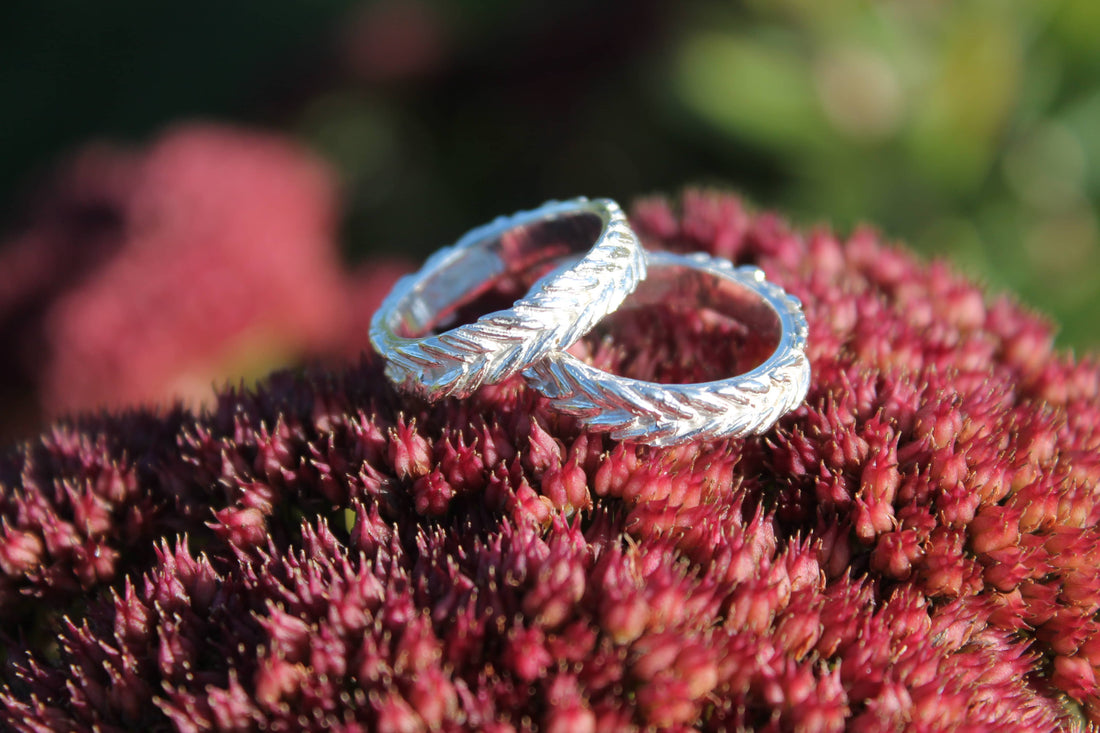
Jewellery care and oxidisation
Share
Why does jewellery become tarnished?
The precious metal silver, chiefly used in jewellery, will oxidise or darken when it’s exposed to air containing pollutants and sunlight. Sulphur containing substances in the air found in for example traffic pollution, react with the silver causing a thin coating of silver sulfide. This and other factors below darken or oxidise silver.
- salt water will cause silver to tarnish adversely so whilst yes to holiday jewellery, bear this in mind if you’re a beach lover!
- Artificial lighting
- Heat and humidity
- Perfumes and lotions have a similar effect so avoid spraying scent or rubbing directly onto your jewellery
- Gold, especially high content gold in 18 or 22ct doesn’t tarnish, one of the properties making it the most highly prized metal so you don’t have to worry about oxidisation.
You might have noticed that the silver pieces you wear a lot are not so tarnished because the detergents and water they come into contact with have a cleaning effect.
Top tip
A lot of jewellery can be cleaned in warm soapy water with a few drops of washing up liquid. This is in fact what many jewellers use with other equipment. An old toothbrush can be used to gently remove the dirt behind harder gemstones such as rubiesand quartz. But care needs to be taken with emeralds, pearls and other organic stones. If unsure, avoid.
To counteract oxidisation in silver pieces
- Keep clean, dry pieces in a jewellery box or airtight container with pieces individually wrapped in tissue paper. This works by keeping out or restricting air
- Store pieces, especially chains, separately. One tarnished piece affects the other. Also chains kept in a bundle cause unnecessary knotting not always easy to untangle and could be damaged in the process!! The same goes for stone set pieces which have varying hardness and can scratch each other.
These simple steps should keep your jewellery clean and limit causing damage.
